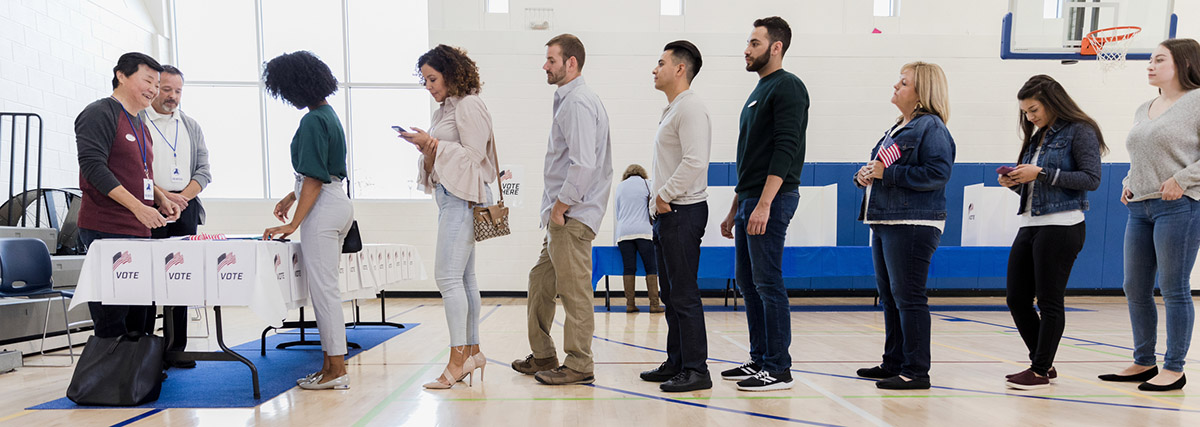Conclusion

We should all have an equal say in the laws that shape our lives and determine our most fundamental freedoms. But for too long, the halls of statehouses all across the country have been seized and weaponized by special interests that serve the wealthy few at the expense of the rest of us.
One tactic that special interests have used to make this happen is to maintain barriers to serving as a state legislator, like low pay and demanding hours, to keep the job out of reach for most people, especially those who are closest to the problems that public policies should be solving.
Vastly under resourced, state legislatures have been outmatched by the influence of corporate lobbyists and far-right special interests for decades. For example, instead of passing legislation to protect our right to vote and to have freedom over our bodies, some state lawmakers have been working against the will of the people by passing bills to give themselves power over our ballots and our bodies.
The urgency of modernizing state legislatures is clear in this moment of our nation’s history: our freedom is on the line in every state house. State lawmakers have a momentous challenge before them to beat back corporate greed and antidemocratic policies, and they will need all of us to help build the future we all deserve. By resourcing and reimagining our country’s most critical political bodies, together we can transform state legislatures into more democratic institutions where leaders can govern boldly and effectively on behalf of – and alongside – the people they represent.